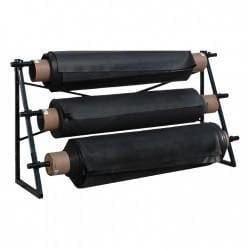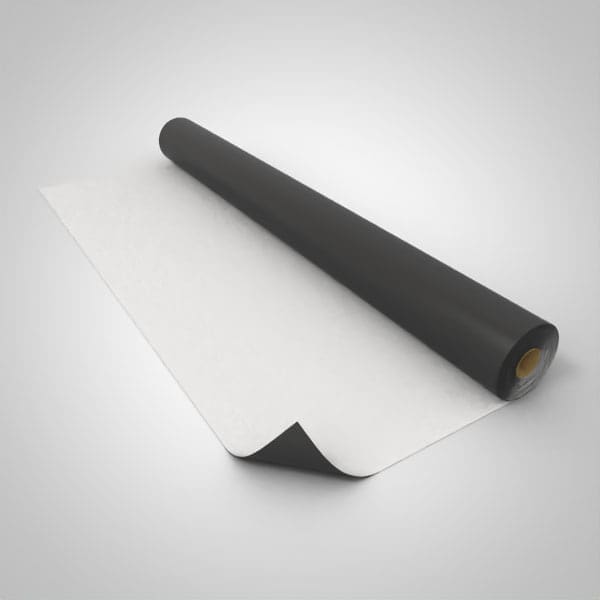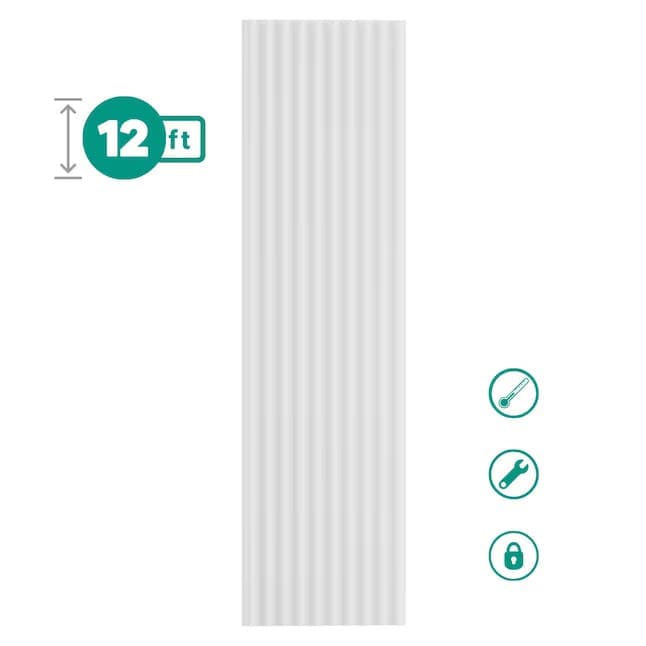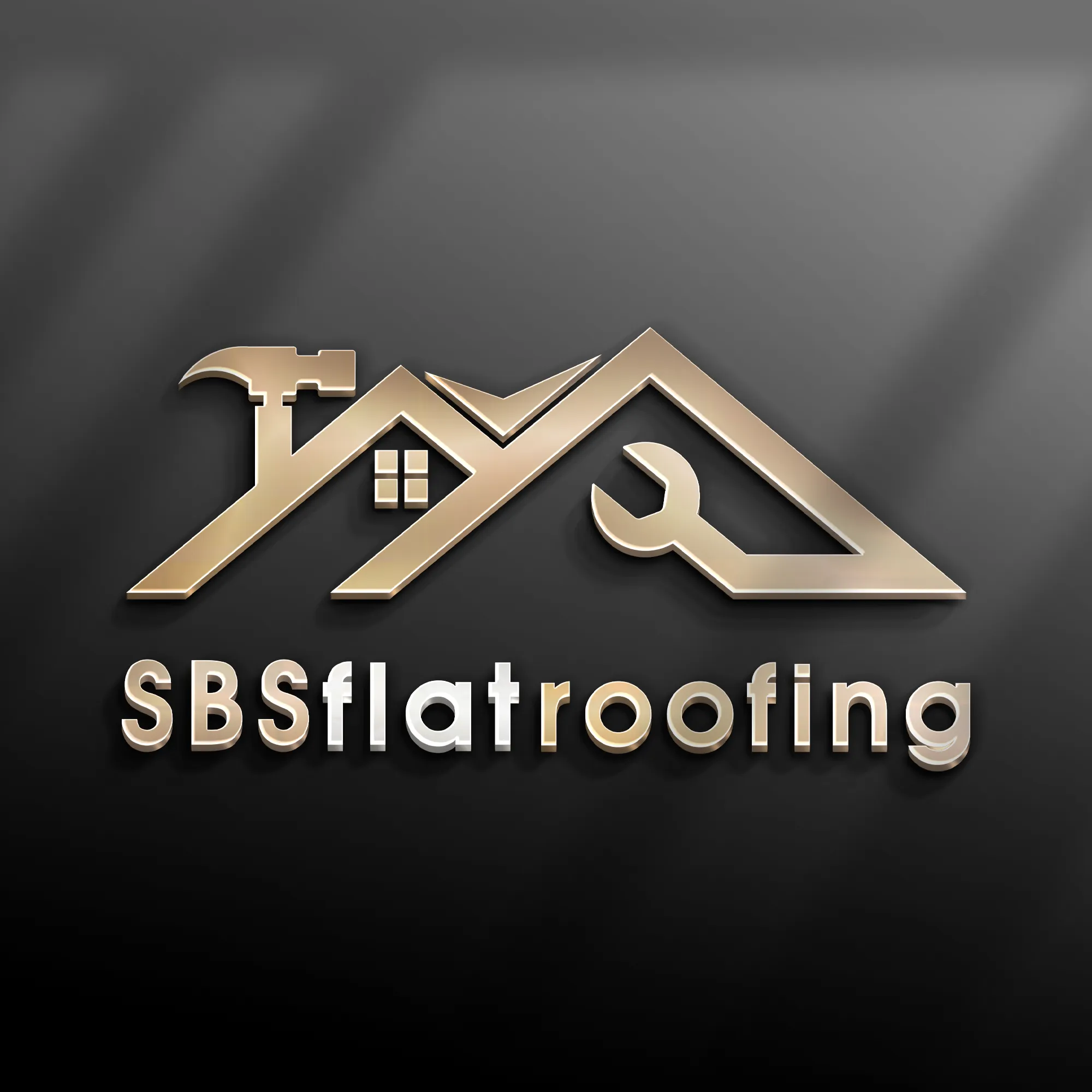By far the most common type of roofing found in Calgary is a shingle roof, it is probably the one most people are familiar with. Shingles come in various flavours too, each suited to different budgets and situations. However, popular doesn’t always mean the best, and there are many situations where a shingle roof is neither the best option, nor even possible at all.
Among alternatives, rubber roofing offers an excellent blend of performance, longevity and cost, but as with shingles, there are a number of types available. However, unlike shingles, the various types of rubber roofing make a real difference to the roof ownership.
Rubber roofing offers exceptional service in commercial applications, but if you are thinking of a new rubber roof, it is important to know what options are available and what each has to offer, both the pros and cons.
To begin to understand rubber roofing options, we begin with the materials they are made from, and what each one brings to the table.
Rubber roofing materials
There are four main types of rubber roofing materials on the market, each having its own attributes. These are:
EPDM roofing
What is EPDM roofing, you are probably asking, well, EPDM stands for Ethylene Propylene Diene Terpolymer, which is a highly durable synthetic rubber. Used for flat and low slope applications, it is available in several thicknesses, and provides an incredibly robust roofing solution that offers long life and resistance to weathering, U.V degradation and ozone.

That makes it especially useful in variable climates like Calgary, where the wide range of temperatures don’t have any effect on roof performance.
The material is offered in large sheets, bringing several advantages. Why does the size of the material matter? The larger the surface it covers, the more it minimises the number of seams in any application, and when installed correctly offers a completely watertight roofing solution. It also makes it easier to install, with less seam to cover in any given installation.
There are a number of ways that EPDM roofing can be installed too, either fully adhered or mechanically attached to the building, even ballasted in some applications. Seams are either glued or taped, so no need for heating equipment during install, reducing safety risks.
However, no system is completely perfect, and EPDM does have some limitations. It is not available in a variety of colours like some options, which may be important for branding. Also, while installation is relatively simple and fast, in roofs with numerous upstands and details that must be cut around, the longer and more labour intensive the installation will be.
TPO roofing
What is TPO roofing? Another type of rubber roof material, TPO stands for Thermoplastic Polyolefin, and is used as a single layer roofing membrane that has a number of advantages. It is becoming one of the most popular options for rubber roofing, the US based National Roofing Contractors Association recently reported that its members are using TPO for as much as 40% of commercial roofing projects.

White in colour, it reflects heat, which can be useful in the hot summers of Calgary to prevent heat buildup in the roof space, and in commercial applications, can save on air conditioning costs over the year. That energy efficiency helps all year round, not just in the summer, of course, and installation is relatively easy, either being mechanically fastened or glued to the subsurface with appropriate adhesive. Seams between sheets of the material are welded together using a hot air gun, so no naked flames required.
The combination of plastics and rubber within the PTO membrane ensure it is extremely durable too, and has good fire resistance. Because it is applied directly over a substrate, such as boarded over insulation, TPO is also an excellent material for use as an overlay to recover an existing failed roof. The cost effective nature of the material makes this a popular approach.
TPO roofing can last as long as 20 years even in the harsh and diverse weather environments of Calgary, but it is reliant on effective installation to achieve that. A failure to weld seams adequately can see premature lifting that shortens the roof’s lifespan, so the choice of professional installer is particularly important here.
In addition, sheet width is restricted compared to other options, so there tend to be more seams in a TPO roof than an EPDM for instance, meaning there are more points for potential failure.
PVC roofing
What is PVC roofing? Polyvinyl Chloride, otherwise known as PVC, is one of the more common plastics in use today, and is used to create a flexible, single-ply roofing membrane that is durable, chemical and fire resistant, and represents great value due to its long life.
That fire and chemical resistance, including being unaffected by greases and oils, can be useful in many commercial settings, and may be enough to make the choice of PVC roofing for many businesses. But PVC is also simple to install too, being lightweight and easy to move around the building. It can usually be fitted faster than alternatives as a result, with large sheets that minimise the number of seams, which have to be welded together with hot air guns.

Durability is also important, and PVC roofing is not only long lasting, but also is resistant to punctures, minimising maintenance needs during its longer than average lifespan. You may not need to replace this roof for well over two decades, such is the hard-wearing nature of PVC. It is also energy efficient, its white colour reflecting UV rays and heat energy to help maintain cooler temperatures inside the building, saving on cooling costs.
However, while these roofs can have a long lifespan, a PVC roof does need more maintenance and care than other options as it gets older, and from around 10 years in use, will need specialised maintenance for the remainder of its life.
For businesses in Calgary, one of the most important issues with PVC roofing is that it doesn’t cope with significant cold spells as well as TPO or EPDM alternatives, and so is not the best option for the local climate.
While easy and fast to fit, PVC roofing is usually a little more expensive overall for the total install too, although this can often be offset by the longer life between replacements. It is also not as easy to repair as other options, and because PVC can suffer from shrinkage issues, will be more demanding in terms of maintenance than a TPO or EPDM roof.
Modified bitumen roofing (SBS)
The final option for rubber roofing solutions is one that you may not have heard of, so what exactly is modified bitumen roofing? For over 100 years, low slope and flat roofing has featured the built-up roofing systems based around alternating layers of asphalt and gravel. Modified Bitumen Roofing can as a development of that idea, first appearing in the 1960s. Instead of layers of asphalt, this new system used sheet membrane made from a combination of bitumen, polymers and fibreglass, and it has been in use ever since.
This produces flexible sheeting that conforms to roof shapes more easily that some alternatives, so it is a good choice for application that have odd shapes or lots of roof installations that must be worked around. It is highly resistant to weather conditions, coping well with both high and low temperatures, and is a proven roofing system for use on low slope or flat roofing projects.
Modified bitumen roofing is available in a range of thicknesses, with sheets including multiple plies for additional strength. This makes it a great option for areas that may see high foot traffic, and is easily the most durable option for impact damage like that. It is also useful for repairing or overlaying asphalt-based roofing already in place, which can be problematic for other materials.
That thick, dark material does have some issues though. It naturally absorbs heat, and in a Calgary summer, can contribute to a higher internal temperature than alternatives, and the additional cooling costs that brings. It can also be slower to install than other options, and if you build several plies together for durability, cost can become an issue as well.
Additionally, modified bitumen roofing is more vulnerable to water damage in situations where ponding occurs, and requires the use of torches to install, which can bring safety issues as a result.
With a choice of four very different materials, the question you will be asking is, which one is right for your building? We need to examine performance in a bit more detail to find an answer to that question, beginning with durability.
Comparing the durability of each type of rubber roofing
Which is the best roofing? It sounds like a simple question, but in reality, the answer will depend on what the project is, and what your expectations are. One of the most important things to consider with a roof is durability, that is how long it will last, how it copes with the environment and so on.
Luckily, all these materials have been in use for a number of years, and in some cases multiple decades, and so we have a good idea of lifespan for all these options. While all offer 20 years of lifespan, that doesn’t tell the full story about ownership. PVC roofing can require significant maintenance once it passes 10 years in service, and modified bitumen roofing has vulnerabilities, in particular ponding, that make it less durable in climates with high levels of rain.
TPO roofing can be vulnerable to poor installation, which does apply to all options, however with its simple adhesive based seam sealing and robust material, EPDM provides the most dependable option for longevity in a diverse climate of both heat and cold as we experience in Calgary.
Aside from lifespan, roofing today needs to be energy efficient to help manage the soaring costs of heating and cooling commercial premises.
Energy efficiency of rubber roofing solutions
With energy now a major cost for any business, the need for a roofing system to help manage internal energy absorption and loss is more important than ever. Here, both bitumen and EPDM roofing solutions fall short of the best, their darker colour meaning high heat absorption during summer, inflating cooling costs for any building. Lighter coloured PVC roofing reflects UV rays and heat energy, keeping interiors cooler, and also provide good puncture resistance to maintain the roof integrity, however TPO does the same but with better efficiency.
In terms of energy efficiency then, the best option is TPO roofing, providing the best cooling effect during hotter weather, reducing the load on air conditioning systems and with that, lowering the energy costs of running those systems over the long term. But when looking at overall costs for your roof, we must also examine the cost of the roof itself.
Cost considerations for your rubber roofing options
How much does a roof cost? When looking at a roof, we don’t just need to think about the materials themselves, but installation, maintenance and how long it will last. For instance, if a roof costs half as much as another, but only lasts a third of the life of the more expensive option, it is actually a higher cost roof over time.
Our choices for rubber roofing do have different costs, with modified bitumen roofing tending to be the more expensive due to multiple plies and the labour-intensive installation process. PVC roofing is a little more expensive than the other two options, but can be quicker to install if that is important. Between the last two, EPDM will usually cost a little more thanks to a slightly more difficult installation process, with TPO usually the most competitive installed price for these roofs.
In terms of overall cost for the life of the roof, it is a similar story, however with TPO lifespan being excellent, the cost difference between that and EPDM is usually small. We need to look at the ongoing maintenance and repair options to see which is the best ownership experience.
Maintenance and repairs of your rubber roof
So, which is the best rubber roof to own? While installation costs are crucial, ongoing maintenance should also be looked at when understanding costs and time investment in your new roof. Bitumen roofing offers highly robust impact resistance, however it does wear over time, and are prone to damage by water through ponding, which is prevalent in climates with significant rainfall such as Calgary. Repairs are relatively easy though.
PVC roofing requires extensive maintenance once the roof hits 10 years or more in service, as the material tends to shrink over time, causing issues. It is also the most difficult of these four options to repair, and so over the life of the roof will require significant further investment.
TPO roofing has a great lifespan and is impressively durable and damage resistant, with the major cause of issues being leaks along seams where welding hasn’t been completely successful. EPDM has similar performance to TPO, but with its simpler, more reliable sealing and fastening options, offers the least hassle for long term ownership.
Conclusion
So, which is the best rubber roofing option for you? That depends, each have their pros and cons when it comes to costs and efficiency. Some are better suited to particular environments than others, and which is right for you will depend on all these things.
There is no single ‘best roofing’ option, instead, there are better options for your specific needs. That is why it is so important to take all aspects of roof ownership into account when choosing the right solution for your building. Take your time to understand the features, costs and abilities that matter most for your building, and select the rubber roof solution that is the best fit.

